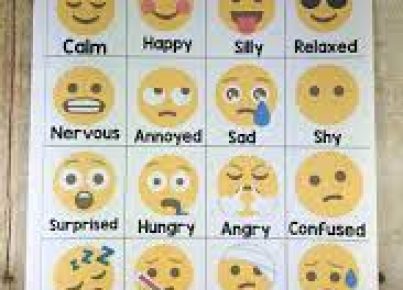Introduction: Among Us, the popular online multiplayer game, has taken the world by storm with its unique blend of mystery, teamwork, and deception. While it may seem like an unconventional choice for a classroom activity, incorporating this popular game into your lessons can promote collaboration, critical thinking, and motivation in students. Read on to discover seven creative ways to use Among Us in your classroom.
1. Vocabulary Builder:
Turn Among Us into a vocabulary review game by assigning students specific words they must use when discussing tasks or defending themselves as crewmates. This will help reinforce new vocabulary words and encourage students to practice using them in context.
2. Storytelling and Creative Writing:
Challenge your students to write short stories or scenes based on their experiences within the game. They can create a detailed narrative explaining their character’s motives, relationships with other crewmates, or even write a murder mystery.
3. Debates and Persuasive Skills:
The core mechanic of Among Us – convincing others of your innocence – is an excellent opportunity for students to practice their persuasive speaking skills. Host debates centered around gameplay scenarios, and have students defend themselves or accuse others while adhering to debate rules.
4. Team-building Activities:
Divide your class into teams and assign them designated roles within the game (i.e., impostors, crewmates). Encourage them to strategize and work together to win rounds efficiently. This will promote teamwork and communication among students.
5. Problem-solving Challenges:
Design custom tasks in the game related to your subject area that require problem-solving skills from players. For example, you can create math puzzles that players need to solve before completing tasks successfully.
6. Teach Digital Citizenship:
Use Among Us as a platform to address online safety, privacy issues, and good digital citizenship. Discuss how students can protect themselves from cyberbullying, safely communicate with others online and understand the consequences of their actions in virtual spaces.
7. Reflection and Discussion:
After playing a match, hold a group discussion with your students reflecting on their experiences, choices they made, and what they could do differently next time. Engage them in conversations about trust, teamwork, and effective communication to explore real-life situations outside of the game.
Conclusion: Among Us may be just a game at its core, but it holds the potential to be an effective educational tool when used creatively. These seven activities showcase ways to not only engage your students but to teach valuable learning concepts. Explore the possibilities of using Among Us in your classroom and watch as your students gain valuable skills while enjoying themselves.





